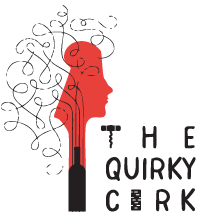Zero Compromise: Georgian Wine Festivals
Procrastination is my first, middle, and last name. But I couldn’t wait any longer to write about the Zero Compromises and New Wine Festival events I attended last month in Georgia. Months ago I saw an advert on the Georgian Wine Club‘s Facebook page for the New Wine Festival. Armed only with a vague mid May date I started planning my return to Tbilisi. Zero Compromise But before I get to the New Wine Festival; Zero Compromise. About two weeks before I left for Tbilisi I saw a post from Vino Underground advertising the Zero Compromise festival. Unlike the New Wine Festival, this would feature only natural wine makers from around
Read More












